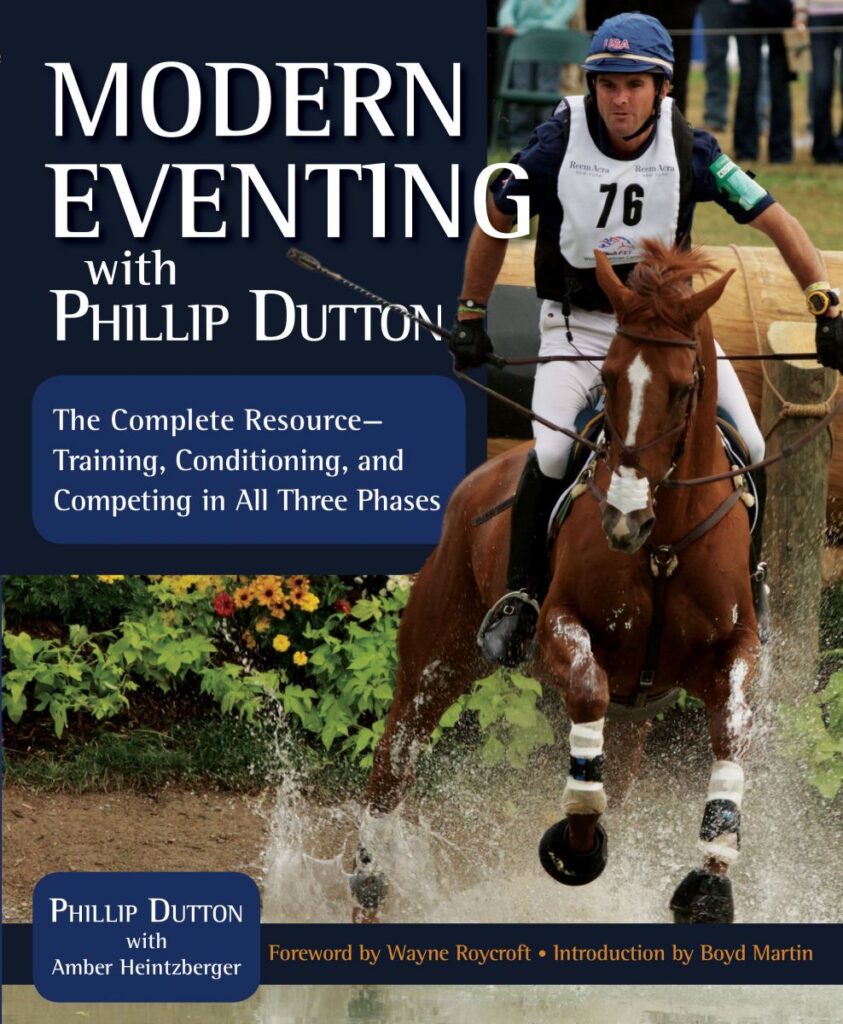Tips on Practicing Pace: An Excerpt from ‘Modern Eventing with Phillip Dutton’ – Eventing Nation
Rating your speed cross-country is a skill that needs to be developed. In his book Modern Eventing with Phillip Dutton, Olympian Phillip Dutton gives you an easy exercise to practice at home so you can learn the appropriate speed for your horse and your level, as well as get comfortable adjusting it when necessary.
Learning what correct pace feels like is essential to the event rider. To practice feeling what different speeds feel like, it’s quite easy to get a car or motorbike speedometer and map out an exact distance where you can canter in specific increments of time. It’s great when it’s on a straightaway, but it can loop around if you are short on space. In addition, you will need a stopwatch.
Here’s an exercise for practicing pace:
Let’s say, for example, that you’re going to do Training Level at 475 mpm.
1. Map out 950 meters (it will take you two minutes to canter the distance) by setting out cones, buckets, or other easily identifiable markers.
2. Start your canter or gallop well before your first marker–you want to have the pace established already so that you can hit your stopwatch as you pass the marker.
3. You want the horse to settle into the speed so you’re not changing the pace all the time, and learn to judge the speed yourself. Every horse’s stride will be different so it takes some judgment and experience to settle your horse into the correct pace and get within a few seconds of where you need to be on your time trial.
4. Canter the allotted distance, and stop your watch as you pass your finish marker. Your aim is to canter the 950 meters in as close to two minutes as possible, while maintaining a steady pace.

Note: If you find it too difficult to check your watch while you are riding, in the beginning, have someone on the ground time you. Eventually, though, learn to check your watch while you gallop since that is what you will need to do during a competition.
Bear in mind that on your cross-country course during an event this is the average speed: A lot of jumps will require that you come in slower, or you’ll have to turn sharply and won’t be able to maintain the optimum speed. So if you want to make time, the speed you’ll need to go between fences will have to be a little bit faster in order to average it out.
- You can change the measurements to whatever level you are aiming for or want to practice.
- You shouldn’t practice this too frequently, because it will become taxing on your horse.
- Be sure to take into account the ground conditions and try to find good footing for practicing galloping. Good footing is where a horse can get some grip so he doesn’t slip—that is, not too wet, nor slippery, nor hard. Very hard ground can be just as slippery as wet ground, and can be quite concussive to the horse. The ground should be pretty consistently even, not changing from hard to soft, so the horse does not have to keep finding his footing and rebalancing. Studs can be helpful to improve the horse’s confidence when galloping and give him more grip.

